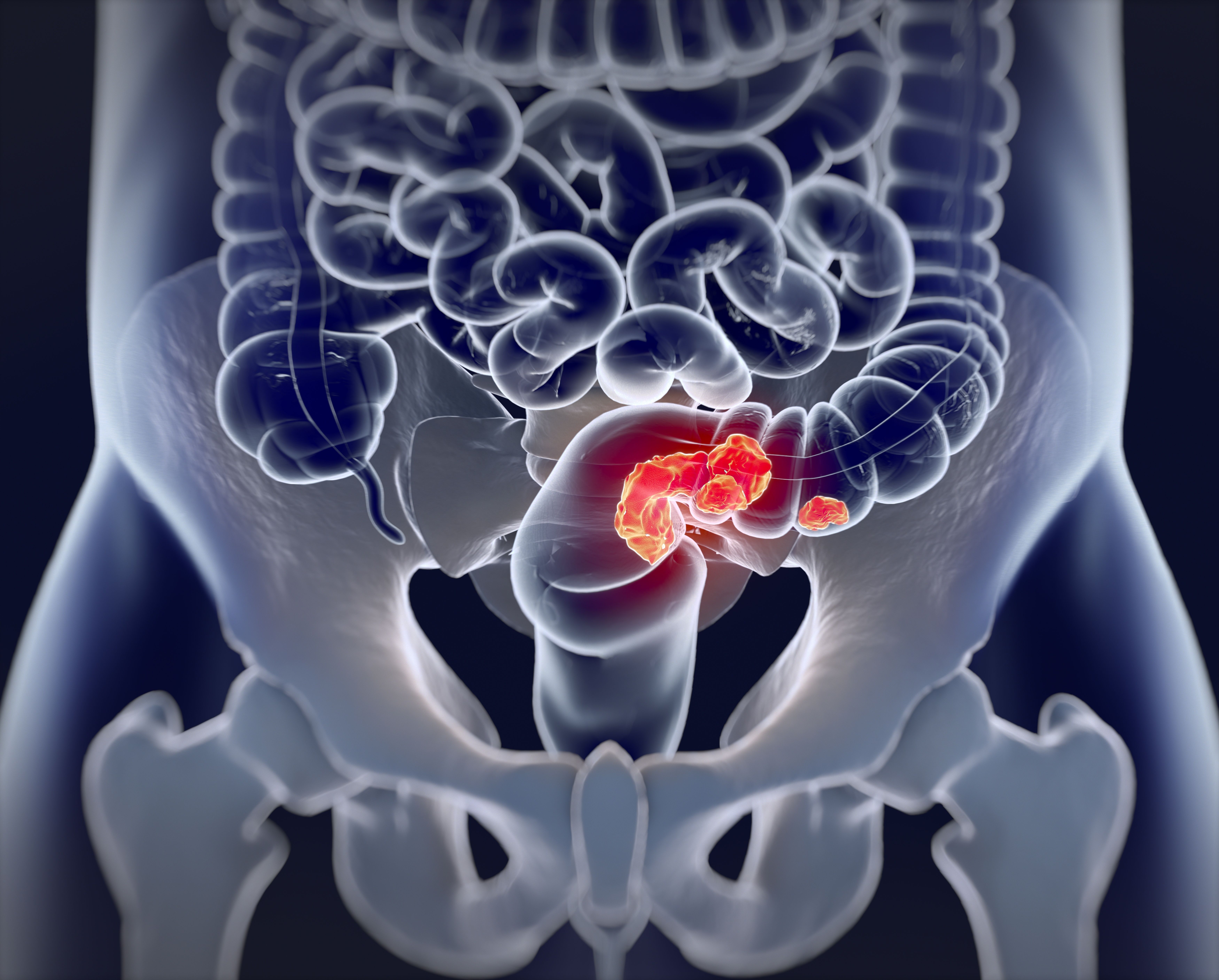News
Article
More Lymph Nodes Harvested in Colon Cancer When Using Robot-Assisted Surgery
Author(s):
Robot-assisted laparoscopic surgery was found to be more effective in harvesting lymph nodes compared with conventional surgery with similar outcomes.
Perioperative and long-term survival outcomes were similar between robotic-assisted laparoscopic surgery (RLS) and conventional laparoscopic surgery (CLS). However, RLS had more success in harvesting lymph nodes compared with CLS for sigmoid colon cancer, according to a study published in the Journal of Robotic Surgery.1
Surgery is the most prevalent treatment for colon cancer, with CLS being the standard procedure for removing tumors due to its quicker recovery. Robotic technology has become an area of continued research due to its help in operator fatigue, naked eye 3D vision, and a flexible robotic arm. Less bleeding, lower complication rates, and shorter hospital stays have all been associated with RLS.2 The effectiveness of RLS in sigmoid colon cancer specifically has been less studied. This study aimed to use a propensity score-matched analysis to evaluate RLS vs CLS in perioperative efficacy and outcomes.
Colorectal cancer | Image credit: Anatomy Insider - stock.adobe.com

The study included patients from the North Jiangsu People’s Hospital of Yangzhou University in China who had anterior resection between January 2019 and September 2023. Patients were included if their tumor was in the sigmoid colon, had a malignant tumor confirmed through an electronic colonoscopy and pathological exam, had 1 of RLS or CLS, and whose tumors were confirmed through an endoscopy. Patients were excluded if the surgery was done due to an emergency, had a history of tumors, had remote metastases, had multiple primary tumors, or had severe cardio-pulmonary disease.
Both RLS and CLS operations had the same operative procedure and reconstruction of the digestive tract. However, RLS surgeries had an extraction site that was below the umbilicus. Demographic data were collected from all patients, which included body mass index (BMI), age, sex, and prior abdominal surgery, among other data.
There were 452 patients who were included in this study, of which 335 had either RLS or CLS. The propensity score model assigned 106 cases to both CLS and RLS for analysis. The RLS group had a mean (SD) operation time of 147.4 (19.0) min compared with 136.1 (24.8) min in the CLS group. However, the RLS group had significantly lower blood loss at 44.5 (15.2) mL compared with 51.8 (27.0) mL in the CLS group. Where only 2 cases of conversion to laparotomy were reported in the RLS group, 5 of them were reported in the CLS group.
Although there were no significant differences in recovery from the operation, mean total hospitalization costs for RLS were significantly higher compared with the CLS group at $11,217.50 ($2187.30) compared with $8702.70 ($2293.20) in the CLS group. However, RLS patients had a lower complication rate at 10.4% compared with 13.2% in the CLS patients.
The RLS group had a mean number of lymph nodes harvested of 22.0 (7.0) compared with 19.3 (5.3) in the CLS group. The 3-year overall survival rate was higher in the RLS group at 92.5% compared with 90.6% in the CLS group (HR, 0.700; 95% CI, 0.276-1.774). Disease free survival over 3 years was also higher in the RLS group at 91.5% compared with the CLS group at 87.7% (HR, 0.613; 95% CI, 0.262-1.435).
There were some limitations of this study. The study took data from a single center and was retrospective in nature. However, despite these limitations and future studies being needed to confirm the findings, RLS has been found to be more effective in treating sigmoid colon cancer through the increased harvesting of lymph nodes and having slightly higher survival rates.
References
- Wang J, Zhou J, Zhao S, et al. Robotic versus laparoscopic anterior resection for the treatment of stage II and III sigmoid colon cancer: a propensity score-matched analysis. J Robot Surg. 2024;18:207. doi:10.1007/s11701-024-01967-x
- Fay K, Patel AD. Should robot-assisted surgery tolerate or even accommodate less surgical dexterity? AMA J Ethics. 2023;25(8):E609-614. doi: 10.1001/amajethics.2023.609




